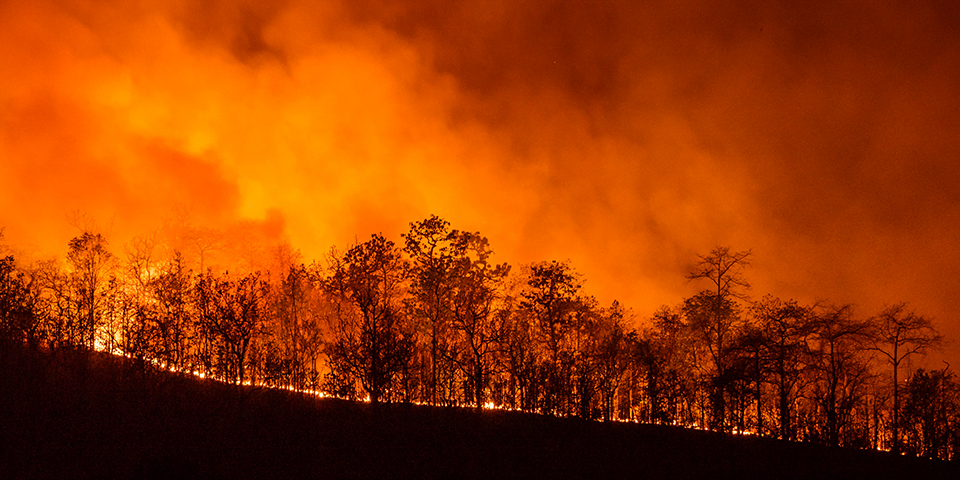Recent winds, thunderstorms and bushfires across Victoria and NSW have prompted a health warning for those affected with asthma.
The warning, from The National Asthma Council Australia, cautions health professionals that the extreme conditions, together with a high pollen alert, may put their patients at risk of serious asthma and hay fever episodes.
Asthma Council CEO Siobhan Brophy says that in addition to the usual seasonal triggers, with people already on alert for grass pollen and thunderstorms, the recent severe bushfire and wind conditions are a potent reminder that the dangers are real.
“A high price has been paid and tragic lessons learned about prevention and awareness following Victoria’s epidemic thunderstorm asthma event,” she said.
That 2016 event claimed 10 lives and resulted in thousands of people presenting to emergency departments, pharmacies and general practices with breathing difficulties.
Ms Brophy urged healthcare professionals to ensure their patients understand their risks and how to protect themselves and others, as well as how to apply asthma first aid.
Thunderstorm asthma is a well documented phenomenon, not just in Victoria, but across south-eastern Australia. Wagga Wagga, Newcastle and Canberra have all had such events.
A thunderstorm asthma occurs when a storm hits on a hot and windy day when there are high levels of pollen grains in the air. The grains soak up moisture and ‘explode’ into smaller particles that are dispersed by windy conditions and easily inhaled deep into the lungs.
Prevention of asthma triggered by thunderstorms includes:
- Year-round asthma control, including regular inhaled corticosteroid-containing preventers where indicated (applies to most adults with asthma).
- Seasonal preventative treatment for people who are allergic to grass pollens but are not already taking regular medication: intranasal corticosteroids for people with allergic rhinitis and inhaled corticosteroids for people with asthma, ideally starting six weeks before exposure to springtime high pollen concentrations, and continuing throughout the grass pollen season to December 31.
- Advice for at-risk patients to avoid being outdoors just before and during thunderstorms in spring and early summer – especially during cold wind gusts that precede the rain front.
Management of an asthma attack triggered by a thunderstorm is the same as for any sudden asthma attack.
The patient should follow their written asthma action plan (if they have one) and the First Aid for Asthma steps if necessary. Health professionals should follow the treatment guidelines for acute asthma in the Australian Asthma Handbook.
The Asthma Council has a suite of thunderstorm asthma resources to help healthcare professionals identify and manage patients at risk during the grass pollen season. Visit the National Asthma Council for more.









